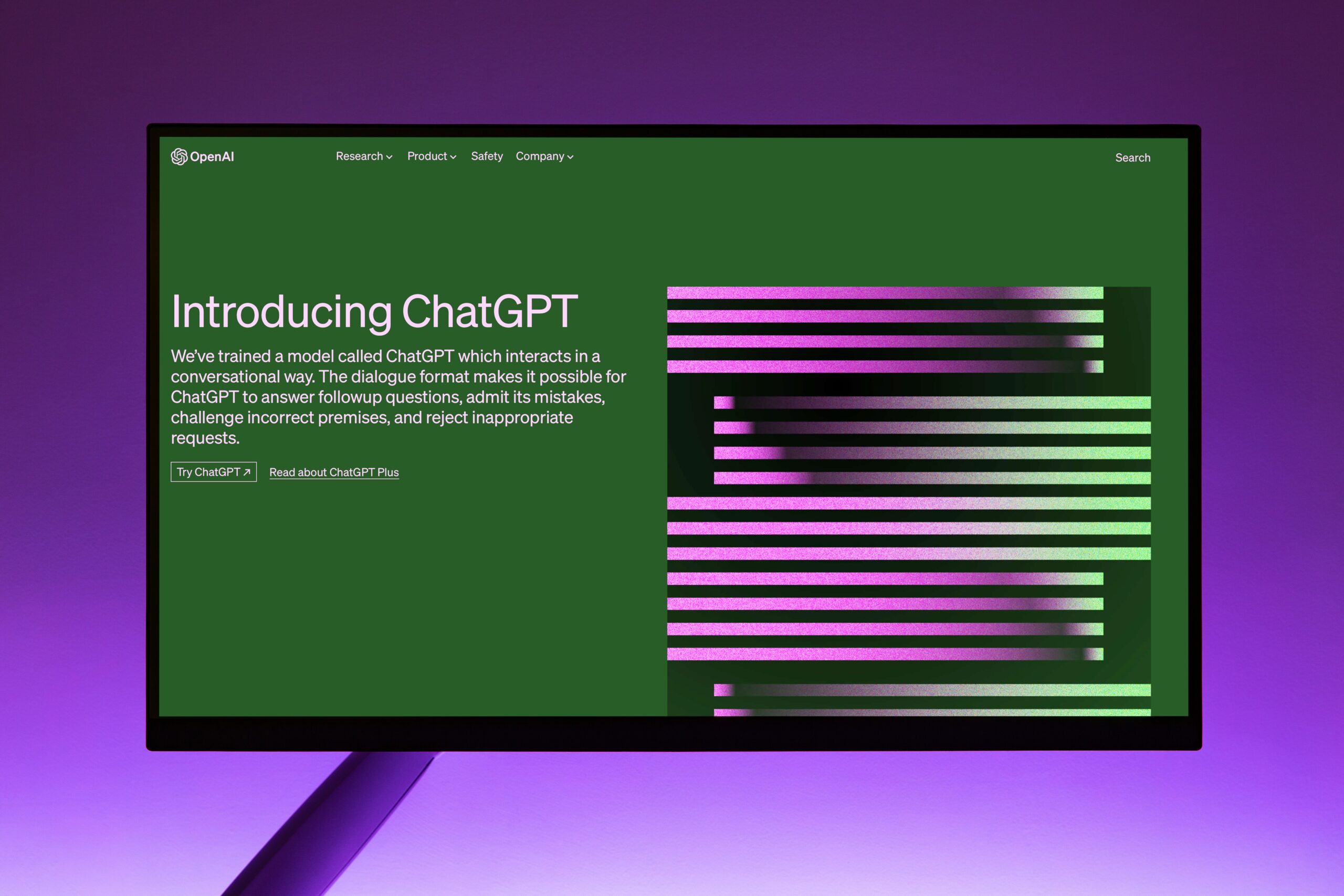
Introduction
Language models have come a long way in recent years, with larger and more powerful models dominating the field. However, there is a growing interest in exploring the potential of smaller language models (LLMs) and their ability to outperform their larger counterparts. In this blog post, we will delve into why a larger LLM might not always be better and why small language models may be the next big thing.
The Myth of Size
For a long time, the prevailing belief was that bigger is better when it comes to language models. The idea was that by increasing the number of parameters in a model, it would be able to capture more complex patterns and nuances in language. While this holds true to some extent, recent research has shown that there are diminishing returns when it comes to model size.
One such study is the Chinchilla paper, which compares the parameters used in LLM training to their performance. The researchers found that beyond a certain point, adding more parameters did not significantly improve the model’s ability to understand and generate language. In fact, they discovered that smaller models with carefully tuned architectures often outperformed their larger counterparts.
The Power of Optimization
Instead of focusing solely on the size of a language model, researchers are now exploring the power of optimization. By carefully designing the architecture and training process of smaller models, they are able to achieve impressive results. These optimized LLMs are able to achieve similar or even better performance compared to larger models while requiring fewer computational resources.
One advantage of smaller language models is their ability to generalize better. Large models tend to overfit to the training data, meaning they perform well on the data they were trained on but struggle with new, unseen data. Smaller models, on the other hand, are less prone to overfitting and can adapt more easily to different domains and languages.
Efficiency and Accessibility
Another key advantage of small language models is their efficiency. Training and fine-tuning a large model can be a time-consuming and resource-intensive process. Smaller models, however, can be trained faster and require less computational power, making them more accessible to researchers and developers with limited resources.
Furthermore, deploying smaller models in real-world applications is more feasible. Large models often require substantial computational resources to run in real-time, making them impractical for many use cases. Small language models, on the other hand, can be deployed on edge devices or embedded within applications, enabling faster and more efficient language processing.
Embracing the Future
As the field of natural language processing continues to evolve, it is becoming clear that bigger is not always better. Small language models are proving to be a promising alternative, offering improved performance, better generalization, and increased efficiency. The Chinchilla paper and other research studies are shedding light on the potential of these models and paving the way for their widespread adoption.
So, the next time you hear about a larger language model, remember that size isn’t everything. Small language models may just be the next big thing, revolutionizing the way we approach language processing and opening up new possibilities for research and development.
Conclusion
In conclusion, the rise of small language models challenges the notion that bigger is always better. The Chinchilla paper and other research studies highlight the potential of smaller models to outperform their larger counterparts in terms of performance, generalization, and efficiency. As we embrace the future of language processing, it is essential to consider the benefits that small language models bring to the table. By optimizing their architecture and training process, we can unlock their full potential and pave the way for exciting advancements in natural language processing.
